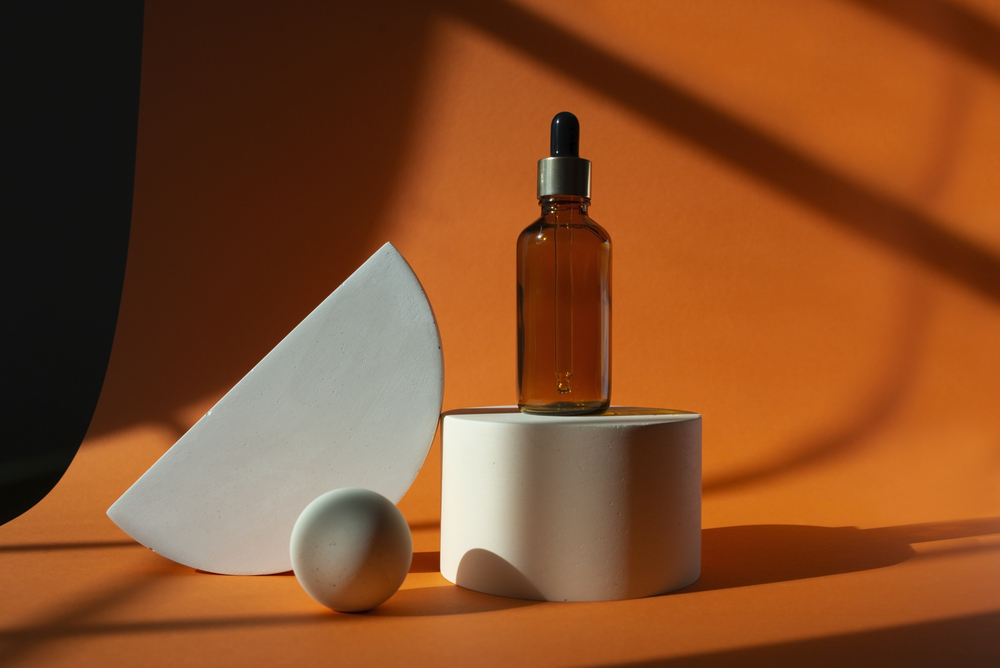How to Write a Winning Design Pitch: 5 Step Guide from Preparation to Follow-Up
Creating exceptional design isn’t enough—you need to know how to sell it. Your ability to pitch effectively is what elevates your design concept to reality. This article shows you how to pitch your designs effectively, ensuring your work doesn’t just get noticed—it gets selected.
Learn how to structure your pitch, tell a compelling story, and leverage the Depositphotos library to find visuals and mockups that enhance your design. Dive in to explore how to communicate the worth of your designs.
How can your design pitch shape project success?
#Builds confidence in your vision
Clients and stakeholders often make decisions based on confidence—confidence in a design and, more importantly, confidence in you as a designer. A compelling pitch communicates your professionalism and preparation. It shows that you’ve invested time in understanding project goals, audience needs, and how your design addresses these aspects.
#Facilitates collaboration and feedback
By clearly presenting your ideas, you open the door for constructive discussions—whether it’s praise, suggestions for improvement, or simply new ideas. This collaborative approach improves project outcome and strengthens your relationships with clients and stakeholders.
#Enhances project success and satisfaction
A design pitch can significantly increase the chances of your design being executed as you planned. When clients fully understand the value and relevance of your design, they’re more likely to commit with the necessary resources, which usually leads to a better project outcome.
How can in-depth research enhance your design proposal?
To create a compelling design pitch, you need to understand your client’s needs, goals, and preferences. That’s why it’s essential to dedicate time to research before crafting your pitch. This involves gathering information about a client’s business, the project’s context, and the competitive landscape to grasp the broader picture and specific challenges your design needs to address. Moreover, you need to identify the end-users of your design—the target audience’s demographics, behaviors, and preferences to tailor your design to resonate with them.
Based on this initial research, you can customize your pitch using several key aspects:
- Align with the brand’s objectives: demonstrate how your design contributes to the client’s business goals. Be specific about the benefits, such as increasing user engagement, enhancing brand recognition, or driving sales.
- Address the brand’s concerns: anticipate potential questions or doubts your clients might have about your design and address them proactively in your pitch to show your preparedness.
- Highlight relevant features: focus on aspects of your design that directly benefit your client, emphasizing its functionalities, aesthetics, or innovations that meet the brand’s needs.
- Customize visuals and examples: choose examples and visuals that reflect the brand’s context to help clients visualize how your design applies to their specific situation.
How can you structure your design pitch for impact?
To convey your design concept effectively, your articulation needs to be clear and concise. Start by defining the essence of your design, distilling your concept to its most basic form. Try answering the following question: What is its primary message or function? This will help you create a clear structure for your pitch that will increase comprehension and retention. After this, you can organize your pitch into logical sections—introducing the concept, explaining the design process, and showcasing the outcome.
Incorporating storytelling is the second most important part of articulating your design concept. To transform your pitch from a simple presentation into an engaging story, craft a narrative around the problem the brand’s clients may have. Use scenarios or user experiences that demonstrate how your design functions in real life. You need to clearly state the problem at the beginning and ensure it’s specific, relatable, and relevant to the client’s objectives, as the effectiveness of your design is going to be measured by its ability to solve a problem. Describing the challenge in a relatable way sets the stage for your design as the solution, helping you highlight unique aspects of your design, provide evidence of its effectiveness, and visualize the practical application and impact of your design.
How can impactful visuals make your design pitch unforgettable?
Visuals serve as the primary means for stakeholders to assess your design concept. They communicate professionalism, attention to detail, and the seriousness of your proposal. They enable your audience to grasp complex ideas quicker and can significantly influence their perception and decision-making.
To ensure your visuals effectively support your narrative, choose images, diagrams, or infographics that directly relate to the key points of your pitch. Each visual should serve a purpose, whether to illustrate a problem, demonstrate a feature, or showcase the design’s impact. Opt for high-resolution visuals that emphasize your design’s key features and benefits. This can be done through close-ups, feature highlights, or before-and-after comparisons. For interactive or complex designs, use prototypes and mockups to allow stakeholders to experience the design firsthand, showing its functionality and applicability in a real-world context.
Find an extensive collection of mockups designed to save you time and elevate your projects, alongside the latest trending color combinations in our seasonal Spring Color Trends 2024 report!
Don’t forget that while visuals are critical, you must balance them with concise text annotations or brief explanations to provide context—it will help guide the audience through your design concept smoothly.
Ready to elevate your design pitch with the perfect visuals? Explore the Depositphotos library for high-resolution images, videos, mockups, infographics, and more. With a wide range of resources tailored to enhance your pitch, you can find exactly what you need to illustrate problems, demonstrate features, and highlight the impact of your design.
Discover Depositphotos Library
How do you deliver a winning design pitch?
A well-prepared pitch starts with thorough organization and practice. Here are key steps to ensure you’re fully prepared:
#1. Organize your materials
Assemble all your pitch materials, including visuals, prototypes, and any supporting documents in a logical order that aligns with your narrative. Ensure all technology or equipment you plan to use is working and compatible with the presentation setup.
#2. Rehearse your delivery
Practice your pitch multiple times to refine your delivery. Focus on pacing, clarity, and engaging with your audience. Consider rehearsing in front of colleagues or friends who can provide constructive feedback.
#3. Anticipate questions
Think about potential questions or concerns the audience might have and prepare clear responses to demonstrate your thoroughness and confidence. Engaging with your audience’s questions and feedback is an opportunity to clarify and expand upon your pitch. Use questions as opportunities to elaborate on your design concept or to highlight benefits that you may not have covered yet.
#4. Deliver your pitch confidently
The way you present your pitch can significantly impact its reception. Begin with a strong start: give a clear introduction that outlines what you will cover to capture your audience’s attention and set the tone for the rest of your presentation. Make eye contact with your audience, speaking clearly and at a measured pace. Avoid rushing through your pitch, as this can make it difficult for your audience to absorb the information.
#5. Follow up after your pitch
A strong follow-up strategy can be the determining factor in whether your design is selected, as it reinforces your commitment to the project and keeps the conversation going. An effective follow-up strategy involves timing, tact, and persistence. Shortly after your pitch, send a thank-you note to all participants—it can be a simple email thanking them for their time. You can also propose a date for a follow-up meeting or call to discuss any further questions or feedback they may have, keeping the dialogue open and showing your proactive approach.
To wrap up
The goal of your pitch is to showcase your design’s value, persuading clients and stakeholders of its potential. Through careful preparation, strategic organization, and professional delivery, you can enhance your design’s credibility, making a strong impact that can turn your concept into a persuasive proposal. Armed with the strategies from this article, you’re now ready to craft a winning pitch that attracts attention and makes a lasting impression.















